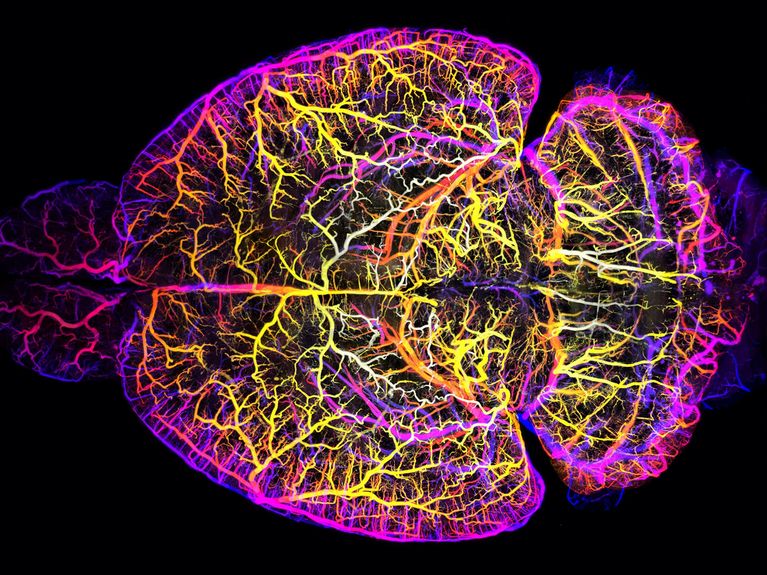
Challenge #114
Printing human organs.
We want to produce organs with the help of a 3D bioprinter. With this technology, we could save the lives of numerous people and slow down the aging of the body.
Participating centers
Patients with severe organ damage must often wait several years for a donor organ. Sometimes, the patients die before a suitable organ can be transplanted.
We are conducting research to make a world possible in which no human life depends on organ donation. In the future, physicians would instead renew organs preventively to avoid disease, slow aging and prolong life.
Ali Ertürk and his team at Helmholtz Munich have a vision to make every human organ reproducible in a 3D bioprinter by the 22nd century. Before this is possible, the researchers have to create blueprints for the printers, i.e. maps of human organs. They outline exactly how blood vessels, nerve cells and lymphatic channels work together in a healthy state.
In order to fathom this complex interaction, scientists have developed biochemical processes that make human organs transparent for the first time. This allows special microscopes to determine the location of each cell in an organ. This generates so much data that only artificial intelligence can process it into a 3D model that will then serve as a blueprint for the human organ.
Together with its partners, the team in Munich plans to refine these blueprints over the next few years, research the production of the ideal building material, and develop 3D bioprinters. In the future, we could then produce every human organ - and thus save lives.
(Photo: Ali Ertürk)